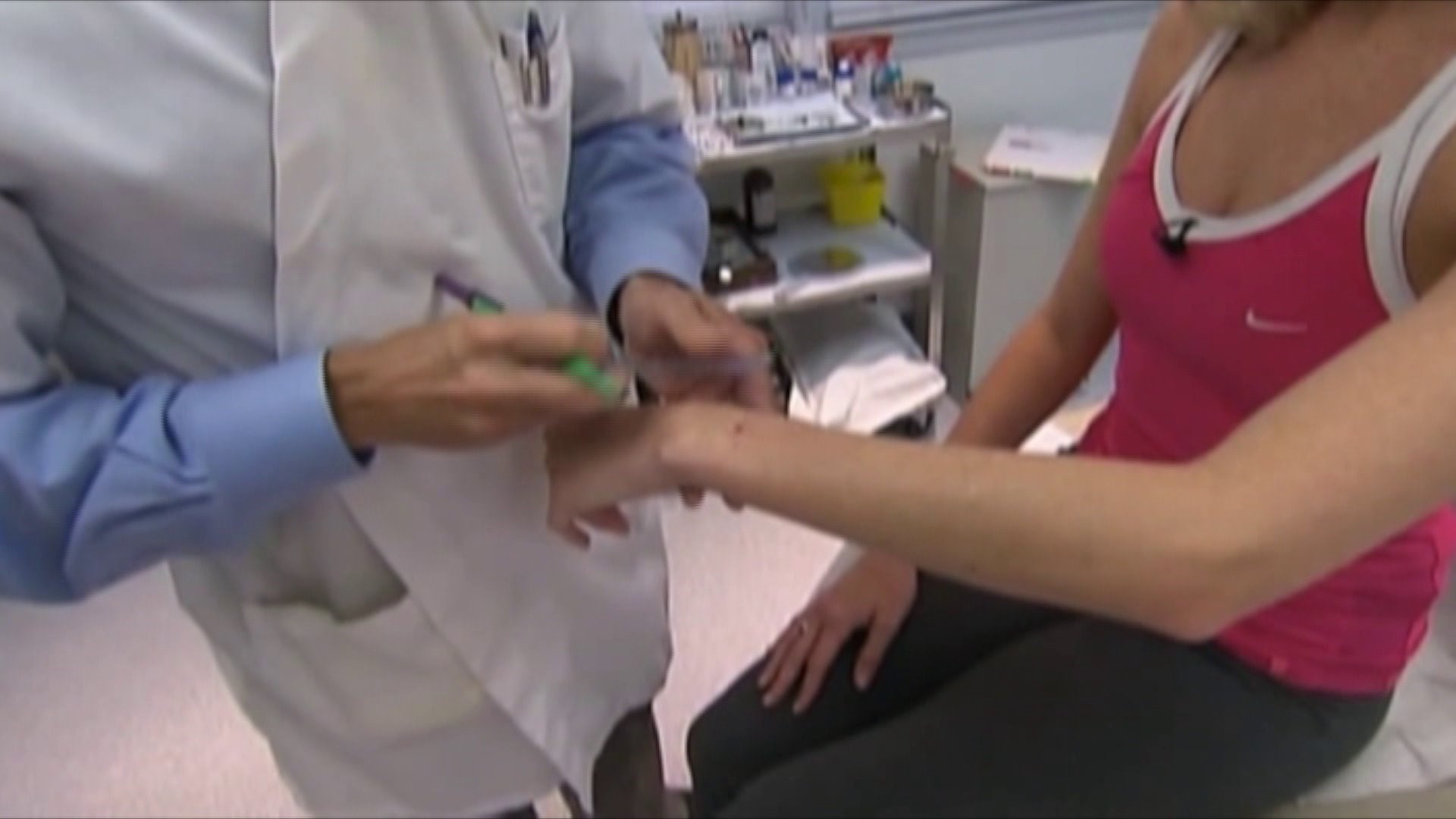Melanoma is, by far, the deadliest type of skin cancer. In the U.S., about 90,000 people are expected to be diagnosed this year, and about 10 percent of those people are expected to die from the disease.
Of course, the easiest way to not die from Melanoma is to not develop it in the first place, but according to Dr. Jennifer Pennoyer, a dermatologist for St. Francis Care, the numbers are getting worse, not better.
“Over the last 15 years, the incidences of skin cancer has gone up about 77 percent, so why is that,” she said.
“It’s somewhat frustrating … Yesterday at a soccer game, I saw everybody out there. Nobody on my son’s soccer team had sunscreen on.”
Preventing melanoma is preferable, but short of that, recognizing it early can be the key to survival. To make that as easy as possible, dermatologists have developed an alphabetical mnemonic to make it easy to remember the warning signs. It’s called the ABCDEs of melanoma.
The “A” stands for asymmetry.
“You would like one half of the mole to match the other,” Pennoyer said, “if, in a mole, it starts growing an arm out the side, or growing in a funny way, that’s a concern for us.”
The “B” stands for border, specifically the lack of one.
“Sometimes when you have that growth out of a mole, it really makes kind of a grayish. Thundercloud gray [perimeter] is what I always say,” Pennoyer said, “so you can’t tell where that mole begins and ends.”
The “C” stands for color, although this guideline is more individualized.
“Blue and black are really what we get excited about. That comes with a caveat because some people make all their moles almost black, but if that’s normal for them, then I’m okay with it,” said Pennoyer.
“D” stands for diameter. Pennoyer said melanoma moles tend to be wider than 6 millimeters, which is the width of a pencil eraser, but as is the case with color, this guideline can vary from person to person.
“Some people might make all their moles bigger than that, but if something’s bigger than the rest of yours, you should probably check it.”
The “E” is an overall guideline that stands for evolving. Pennoyer said that if any of your moles change substantially over time, even if they don’t evolve one of the above symptoms, you should have a dermatologist check it out.

